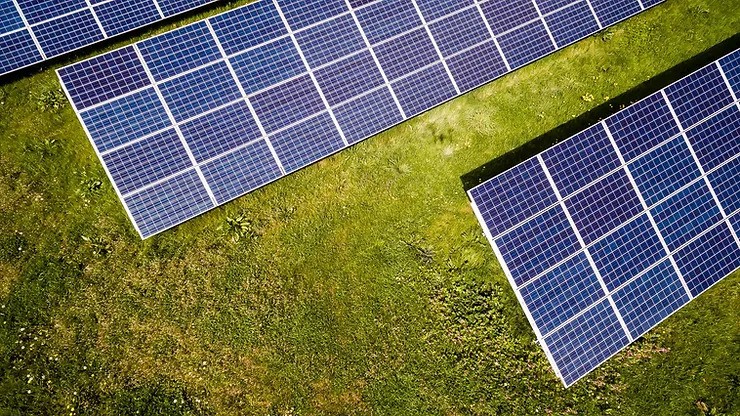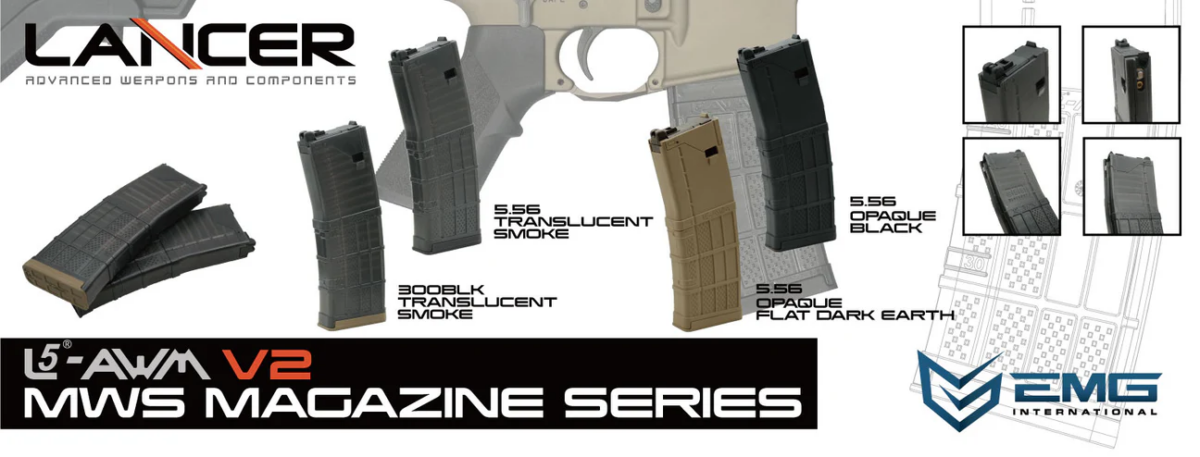The Ultimate Guide to Buying Solar System

Ultimate Guide : Buying Solar System in Bangladesh
If you are one of the conscious consumers in Bangladesh with an interest in buying solar system to reduce your carbon footprint, this piece is just for you. We bring you the most crucial 5 tips for buying a solar system in Bangladesh. Considering these factors, you can ensure you are buying the right solar panel for your new business or establishment. Let’s start with the necessity of solar panels in Bangladesh.
If you happen to be an owner of a building in Dhaka City Corporation, you must be wondering why are we losing more than 60 MW of pure, green electricity? Have you invested in a bottomless basket with your new house in the city? And how can it recover from its financial loss?
Buying Solar System in Bangladesh : Potentials
In 2010, the Bangladeshi government ruled that any household establishment with a rooftop area of 92.6 square meters must install a net-meter solar power system (PV system) as a mandatory requirement for grid connections.

House and business owners started buying solar systems, but the initiative, however, fell flat on the face due to a lack of consumer’s technical awareness and maintenance capabilities. As of today, above 80% of the solar systems installed in Bangladesh remain disused, which is more than 57,000 rooftop panels.
The Power of Ownership
For new homeowners and builders in Bangladesh, the government’s mandate on net-metered solar systems presents a golden opportunity. Beyond meeting regulatory requirements, installing a PV solar system not only aligns with sustainability but also offers you an avenue for substantial benefits.
As approximately 40,000 new residential buildings emerge each year, equipping each with at least 1 kW of solar power, you, as an owner, can contribute not only to national energy goals but also enjoy reduced electricity costs. Plus, the idea of potential income through excess energy generation is also there, which is most lucrative for house owners.
Smart Investment for Sustainable Future
Integrating a solar system in Bangladesh’s urban areas isn’t just about compliance; it’s a savvy investment in a sustainable future. Beyond the immediate benefits of lower electricity bills, homeowners become active contributors to Bangladesh’s clean energy narrative.
With your capacity to inject fresh, green energy into the national grid, you, as a new house owner, are becoming a stakeholder in futuristically developing the nation. As a result, government subsidies and rebates on future investments are a treat that might just pop up, as with many nations in the West.
While it all sounds very enticing, stepping into the task is not easy. Though your solar panel provider should consult you with installation, monitoring, and panel selection, you must know a thing or two about solar systems. Let’s jump right into it.
Factors to Consider Before Buying Solar System in Bangladesh
What a solar panel does is convert energy from light using photovoltaic panels and inverters. Below, we guide you through the 5 crucial factors that every buyer must take into consideration when buying a solar panel system in BD.
The 5 Most Crucial Factors to Consider
The first item on the list is the Bangladesh Government’s chart of renewable energy in new buildings, which you must follow both in DCC North and South. The plan was initiated with the view of adding surplus solar energy to the grid.
Next up are the various types that dictate how efficient and costly your panels will be, taking into consideration the quality for a long lifespan. Draw up your end-to-end consulting for installing the system with your PV system provider, and monitor the power that your solar system is generating.
Conversion Capacity
Bangladesh’s government mandates new buildings with rooftops over 92.2 sq m to install net-metered solar systems for grid connection. This bold move extends across residential, educational, medical, industrial, and commercial structures.
Single-phase grid connections demand a 1 kW system for rooftops exceeding 92.2 sq m, while three-phase connections require a 3 kW capacity. Industrial and commercial customers seeking connections up to 80 kW must integrate a rooftop PV system equating to 15% of their load.
Different Panel Types and Systems
There are a lot of different kinds of rooftop solar panels, so people can use solar energy in a number of different ways. Solar panels come in three main types: polycrystalline, monocrystalline, and the new half-cut and shingled styles. As a result of its own unique design and function, each type changes the solar world.
Monocrystalline Solar Panel
The most efficient solar panels are monocrystalline panels, made from pure silicon crystals. The process involves molding a crystal into a cylinder-like ingot, which is then sliced into thin octagonal wafers. These wafers form the basis for high-efficiency photovoltaic cells embedded within the sleek black panels.
The singular crystal structure not only contributes to superior efficiency, ranging from 15% to 23%, but also to an extended lifespan of up to 40 years. But this high level of quality comes at a higher price because the production process is so complicated and wastes some silicon material.
Polycrystalline Solar Panels
Polycrystalline solar panels, which use several broken silicon crystals, are an affordable option in the solar market. These pieces are melted together during the manufacturing process to produce solar cells, which give the product a blue hue.
The practical benefit is their lower production cost, even though the silicon fragments may introduce surface imperfections that result in a slightly reduced efficiency of 13% to 16%.
Lower material costs are also a result of recycling silicon leftovers from monocrystalline manufacturing. However, because of the lower efficiency, installations require more roof space, and the typical lifespan is 25 to 35 years.
Half-Cut Singles: Most Efficient Solar Panels
Half-cut solar panels are a prime example of cutting-edge solar technology; they increase energy output and longevity by halving conventional silicon solar cells. These panels excel in performance, offering enhanced power output and resilience, thanks to their smaller size and robust construction. With increased shade tolerance and reduced resistive losses, they promise greater efficiency, making them ideal for installations with space constraints or shading issues.
However, the path to efficiency comes at a cost, as the manufacturing process of half-cut panels is more complex and costly, potentially increasing the overall investment. Additionally, the technique introduces the possibility of cell-inherent defects, requiring stringent quality control measures. Despite these considerations, half-cut solar panels remain a compelling option for maximizing solar energy generation and minimizing environmental impact.
String vs. Microinverters
A common option for connecting all of a system’s solar panels is string inverters. Like string lights, they all share a single connection, so poor performance on one panel impacts the entire array.
Conversely, microinverters are integrated into individual panels, ensuring that shading or damage to one panel doesn’t compromise the system’s overall efficiency. This versatility makes them ideal for complex installations with varying sunlight exposure.
Pros and Cons
String inverters offer cost-effective solutions for straightforward installations but suffer from reduced efficiency in shaded conditions. However, microinverters are more expensive up front, but they are great at reducing shading effects and increasing system performance overall.
Still, their distributed nature can complicate maintenance and increase installation expenses. Thus, while microinverters promise greater resilience, string inverters remain a pragmatic choice for budget-conscious projects.
Quality of the PV System
Investing in a quality PV system ensures a reliable and efficient energy source. High-quality systems, often featuring technologies like microinverters, mitigate power loss due to shading or damage, providing consistent performance. Technically, quality systems boast durable panels, efficient inverters, and advanced monitoring, contributing to longevity and optimal output.
While the initial cost may be higher, this investment pays off with reduced maintenance, increased durability, and enhanced performance. On average, quality PV systems exhibit a lower ownership cost and a quicker return on investment, offering sustainable energy benefits for years to come. Premium-grade solar panels, durable microinverters, and superior monitoring systems ensure longevity and sustained efficiency. These systems often come with extended warranties, reducing the long-term ownership cost.
Placement of the System
In Bangladesh’s, we are located in an ideal solar landscape for renewable energy. Experts advocate a solar panel angle of 23 degrees, ensuring an ideal position for capturing sunlight. Placing panels in airy yet shaded areas, away from direct sunlight, prevents overheating and optimizes energy generation.
Regular maintenance is also highly important because the main issue with panels going out of order within 5 years is dust and debris. It also hampers the regular production of renewable energy.
Surplus Storage
A strategic plan can elevate your green initiatives. Firstly, assess your local regulations—some areas offer incentives or allow you to feed excess power back into the grid. Invest in energy storage solutions like batteries for self-consumption during low sunlight periods, ensuring a continuous power supply.
To get the most out of your money, buy products that use less energy. Also, think about community-sharing programs. Letting friends share extra energy makes for a more cooperative and environmentally friendly atmosphere.
Before you start, ask solar experts to make a plan that fits your needs and the rules in your area. This will make sure that your transition to solar energy is smooth and environmentally friendly.








